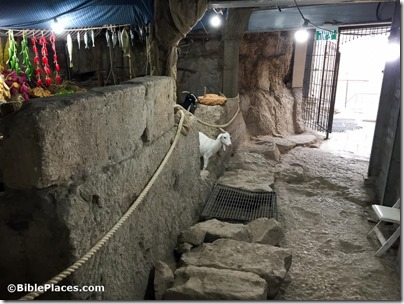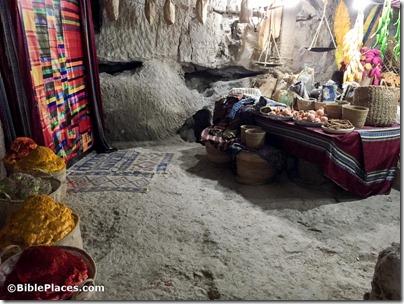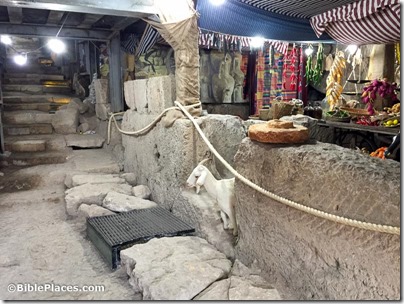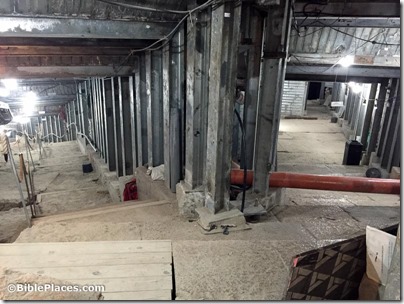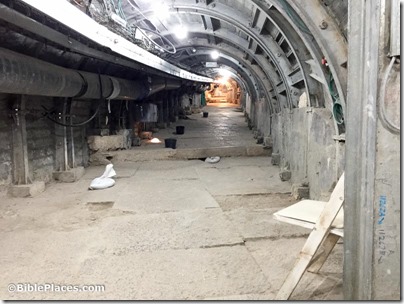A new study suggests that Sennacherib’s army collected three million stones in order to construct the massive siege ramp at Lachish in about 25 days.
Researchers studying dolmen fields in southern Jordan discovered several unfinished dolmens, providing insights into how these megalithic tombs were constructed.
Authorities have recovered more than 6,000 ancient coins from the owner of a jewelry store in Ashkelon.
“Why is a citrus fruit – also known in Hebrew as etrog – featured in the magnificent mosaic paving the main hall of a caliphate castle in Jericho?”
La Sierra University’s Archaeology Discovery Weekend is being held today and tomorrow with the theme, “Southwest Turkey: Famous Cities, Churches, and Synagogues.”
In the latest episode of the Biblical World podcast, “Kyle and Chris interview Erez Ben-Yosef (Tel Aviv University) concerning his work on the 11th through 9th century BC copper industry in the Arabah of Israel and Jordan.”
Jordan is eager to end its tourism slump, and the recent filming of movies including Dune, Aladdin, and Star Wars: Rogue One may help to attract visitors.
Zoom lecture on Nov 15: “Coin Deposits: From Ancient Synagogues in Late Antique Palestine,” by Tine Rassalle
Zoom lecture on Dec 2: “Synagogues as Jesus Knew Them,” by James R. Strange
New release: Excavations in the City of David, Jerusalem (1995-2010), by Ronny Reich and Eli Shukron
New release: To Explore the Land of Canaan: Studies in Biblical Archaeology in Honor of Jeffrey R. Chadwick, edited by Aren M. Maeir and George A. Pierce (DeGruyter, $100)
Registration has opened for the 2022 season at Tel Burna.
The Institute of Biblical Culture is now taking registrations for a beginning course in Biblical Hebrew starting in January.
The Top Ten Discoveries Related to Joshua and the Conquest includes some familiar finds and some new ones. With 53 footnotes, this is a well-researched summary that will very useful for many.
The video downloads and conference notebook for the Infusion Bible Conference on Paul and His Roman World are now available for purchase. This is a valuable resource.
HT: Agade, Joseph Lauer, Ted Weis, Arne Halbakken, Keith Keyser, Explorator
